Campus food tour: Connecting students to ASU’s food forest
Sustainable Food Students Stories
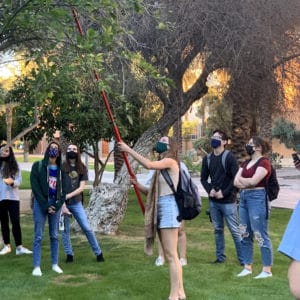
Campus food tour: Connecting students to ASU’s food forest
Did you know that ASU Tempe campus is a food forest? There is a diverse community of trees all throughout campus that grow edible fruit such as oranges, grapefruits, peaches, pecans, kumquats, lemons, and more.

Remembering to use our racial equity lens
This past year has been full of unprecedented events and life shifts, from the pandemic and protests for racial justice, to the election and extreme weather events. For many of us, 2020 became a year for reflection and learning. As our Food Policy and Sustainability Leadership cohort gathered for our virtual immersion in December, it felt like yet another moment for reflection - reflecting on the missed opportunity to meet in person and visit Arizona’s diverse agricultural landscape.

Storytelling fundamentals with Frank Sesno
Frank Sesno starts with the fundamentals. And that’s striking to see from someone with as accomplished and storied a career.
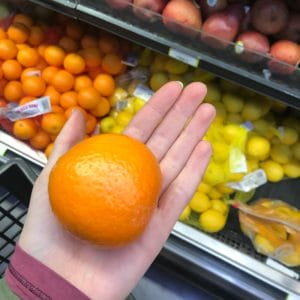
Sustainable citrus farming in Yuma Valley with Mark Kuechel
For this year’s Food and Farm Immersion, instead of long days getting to know my fellow cohorts through exploring the landscape of Arizona’s agriculture, speaking to farmers and ranchers about rotational grazing and planting, or doing USDA inspections on food distribution sites, we connected over Zoom from our respective homes to speak with Arizona’s leading figures in agriculture.
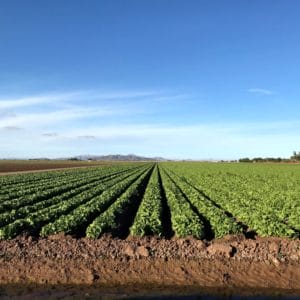
Conservation Districts: Arizona's best kept secret!
This past December, my fellow Food Policy and Sustainability Leadership cohort members and I had the chance to hear from Sharma Torrens, Conservation Education Director for the Arizona Association of Conservation Districts. Torrens took us through the work that AACD does to educate, create partnerships, and implement best practices for conservation work in Arizona.

Baking bread during the pandemic? Time to try heritage flour
We’ve all marveled at beautiful heirloom tomatoes at farmer’s markets, tasted them on plates at farm-to-table restaurants, and may have even attempted to grow in them our own gardens - but when was the last time you saw heirloom varieties of wheat or grain on display?
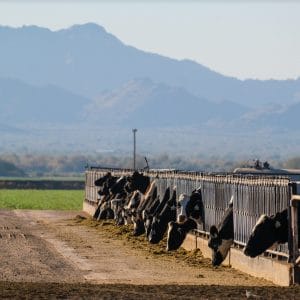
The role of various USDA agencies in Arizona
The Food Policy and Leadership gathered for an immersive week of learning from food policy leaders and met three excellent leaders at the USDA. We met Mike Stevens from Farm Service Agency, Jack Smith from Rural Development, and NRCS state conservationist Keisha Tatem. Everyday, these three leaders help farmers across the 15 counties in Arizona.
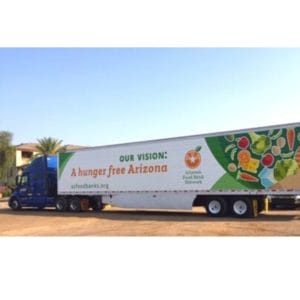
Arizona Food Bank Network and their fight against food insecurity
The history of food banks in Arizona runs deep. The concept of food banks began in the early 1920s when the local Presbyterian church's Desert Mission realized they needed to assist ill migrants moving to the Phoenix, AZ area. The Desert Mission provided medical supplies and food to the migrants to relieve the stressors of their illnesses and moving to a new environment.
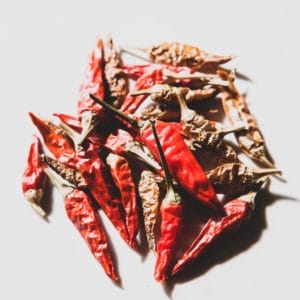
Indigenous foods and cooking with Chef Lois Ellen Frank and Chef Walter Whitewater
Whisking us through a lively cooking demonstration that we could almost smell and taste through our Zoom screens, Chef Dr. Lois Ellen Frank and her partner Walter Whitewater provided a vibrant history of Native American foodways.
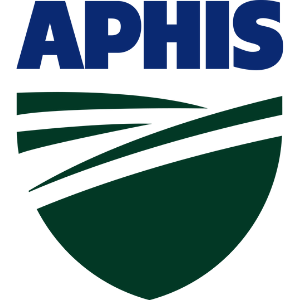
In quarantine with USDA’s Melanie Galvan
The practice of quarantining is anything but new to Melanie Galvan. As a Plant Protection and Quarantine (PPQ) Officer at the U.S. Department of Agriculture’s (USDA) Animal and Plant Health Inspection Service (APHIS), she’s used to wearing protective gear and preventing the spread of plant pests and disease.
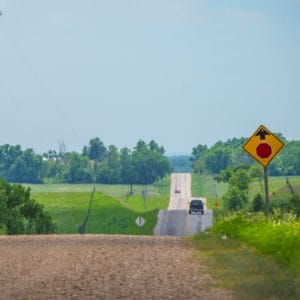
Wednesdays from Washington: What's next for rural America?
As an avid traveler, I’m always interested in how people outside of the United States conceptualize our country. It’s certain that US popular culture is overrepresented on the global scene, but the predominate picture of the nation is heavily skewed to NYC, LA, and Miami. In truth, it’s not just people across oceans who have this urban-centric view; a sizeable (and growing) population within our borders has no realistic perception of rural America today, much less what the future holds for people like my family living on a farm.
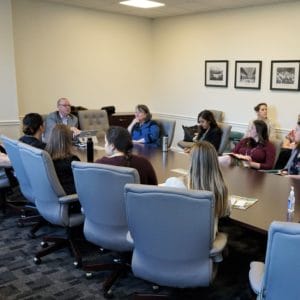
Wednesdays from Washington: Agri-CULTURE: Bringing the Diversity to D.C.
Amid the national anxieties of the impending coronavirus, the ASU Food Policy and Sustainability Leadership cohort traveled to the “belly of the beast” of American policymaking to visit with and learn from individuals whose collective decision-making authority, journalism/reporting, and positions in the food industry impact us as citizens of this country. It was one of the most interesting, yet intellectually overwhelming trips to Washington, D.C. I’ve had since I was first there in high school.